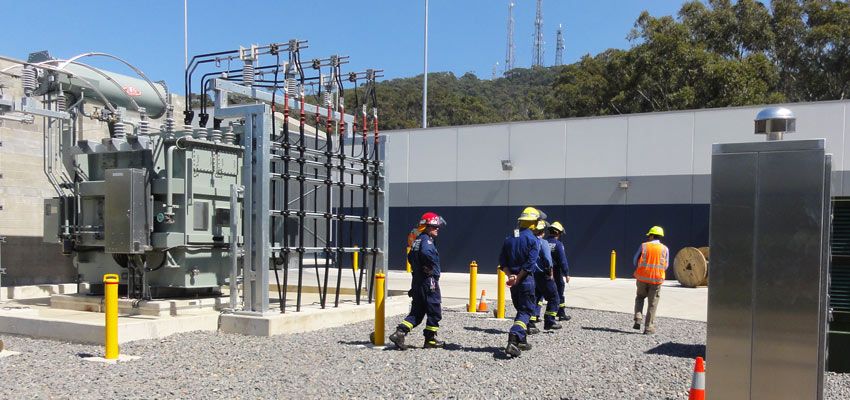What is the Reason Why the Transformer Makes a lot of Noise when Running?

When the transformer is running, the sound becomes louder for the following reasons:
(1) The grid voltage is too high, which increases the magnetic density of the transformer, resulting in increased transformer noise. At this time, by properly adjusting the tap voltage of the transformer, the noise of the product can be reduced.
(2) When the transformer has a thyristor rectifier, the current and voltage of the low-voltage side circuit contain a large number of high-order harmonics. If the dry-type transformer adopts the YynO connection method, since the high-voltage side adopts the Y-type connection method and there is no neutral wire, the third harmonic current cannot flow, and the main magnetic flux in the iron core is distorted. In addition to the fundamental magnetic flux, it also contains a large number of high-order harmonics, especially the third harmonic component is large, so the noise increases significantly. Therefore, an isolated transformer is installed between the transformer and the thyristor unit using the Dynll connection method to reduce the noise of the product.
(3) When the three-phase load of the transformer is seriously unbalanced, a large zero-sequence current appears on the low-voltage side. A large zero-sequence flux is generated in the iron core. The zero-sequence flux is a positive spin wave at the fundamental frequency, and its presence changes the magnitude and phase of each flux, so the single or two fluxes of the magnetic core are severely increased or saturated, and thus the transformer noise is significantly increased. Dry-type transformers with Dynll connections reduce noise.
(4) When the transformer core is grounded or the core is short-circuited, the local magnetic flux of the core is distorted, resulting in a significant increase in the noise of the dry-type transformer. In this case, as long as the core fault is eliminated, the noise of the dry-type transformer can be reduced.
(5) The installation position of the transformer has a great influence on the measurement and perception of the noise of the dry-type transformer. The dry-type transformer installation site has smooth walls. When the distance between the four walls is less than 3 meters, the transformer is prone to echo. Therefore, the noise measurement and perception is significantly greater than the noise emitted by the transformer itself. In this case, it is better for the user to place sound-absorbing materials on the four walls to reduce noise echoes, thereby achieving the purpose of reducing noise.
(6) Resonance problem: The resonance of the fan, casing, and other parts will generate noise, but the normal resonance sound is small. You can judge whether the resonance noise is within a reasonable range by close inspection; if the resonance noise is large , you should check whether the installation of each component is loose.
(7) Poor contact: Poor contact in the high-voltage cabinet or the knife switch is not in place, which may increase the noise
(8) Load problem: the voltage waveform of the transformer is distorted (such as resonance phenomenon) and noise will also be generated;
(9) Suspension potential problem: The components such as the clip channel steel, pressure nail bolts, and pull plates of the transformer are all sprayed with blue paint. The contact between the components is not very good, and the leakage occurs between the components The floating potential discharge makes a sound.
Kingrun Transformer Instrument Co.,Ltd.


More Transformer Testers from Kingrun





